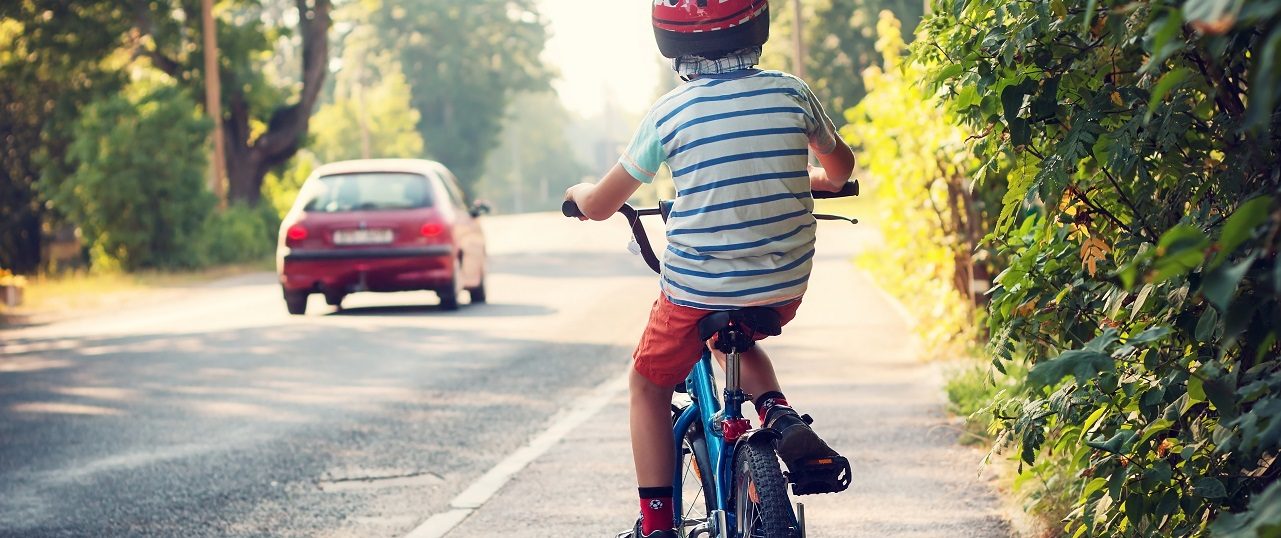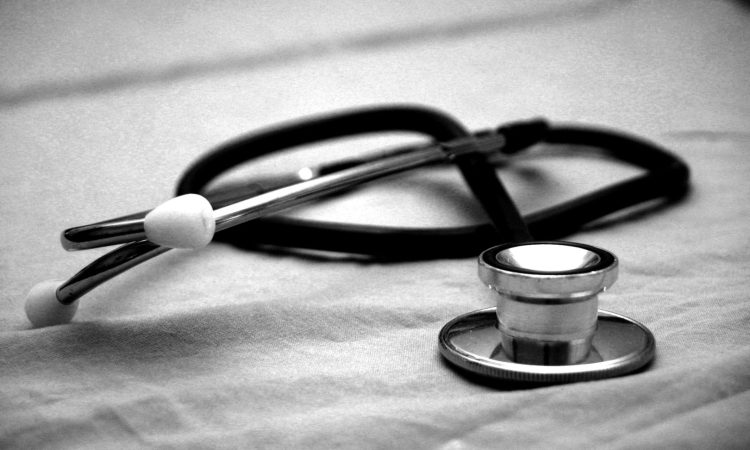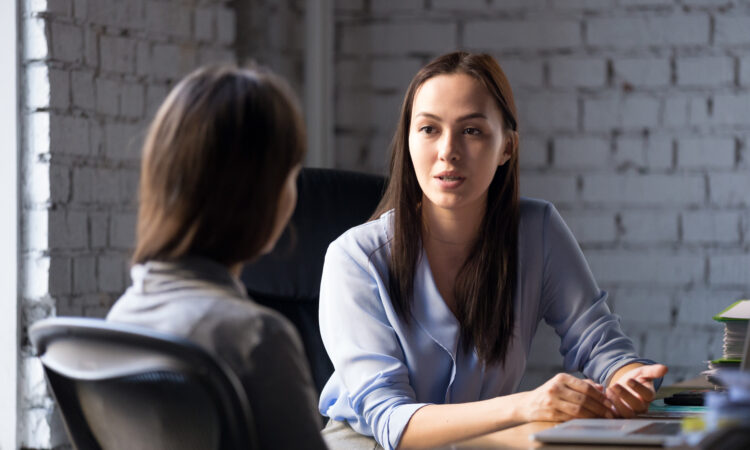
Cycle Accident Guide – What you need to know
People usually have a very clear knowledge of what happens if they have a bump in their car – getting insurance details, taking names of any witnesses etc. However if the accident involves a bicycle people are often confused as to what they should and shouldn’t do. This guide sets out to explain how the law affects those involved in cycle accidents (whether you’re riding or walking).
So if you’ve been involved in an accident with a cyclist, or you are a cyclist in an accident, can you make a claim for compensation?
Well the short answer is that yes you can (if it was the other person’s fault), in exactly the same way as car drivers bring claims against each other (although bear in mind if as a pedestrian you collide with another pedestrian you are going to struggle).
The same laws and rules apply to all these collision cases and it’s important to realise this.
What does the law say? Despite what people might think or say, the law doesn’t favour pedestrians or cyclists over motorists.
It never has, and it never will be outwardly biased in that way.
In Spring 2009 there was a move to have the blame automatically shifted in favour of the ‘more exposed’ party in an accident.
That would have meant that if a motorist and cyclist/pedestrian collided, then the cyclist/pedestrian would always win compensation outright, with no deduction.
Similarly if a cyclist and pedestrian had an accident, then it would have meant that the pedestrian would always win.
It was hard to see how this could work and perhaps unsurprisingly it wasn’t put into law.
As is the case in all accidents, the courts will always look to see the actual circumstances of the case and see who is to blame. They will treat parties the same and will investigate what happens and who did what to who and why.
However the law does say that a motorist is in charge of a potentially lethal weapon. It’s the protection that the cyclist/pedestrian doesn’t have, which means the motorist has to take more care when driving it around. The Courts consider that’s a reasonable expectation to put on car drivers when they are driving cars where other, more exposed, road users will be encountered.
What should you do if a bicycle accident happens?
Just the same as if it was a motoring accident, then get a note of the other parties’ details.
- If it’s a cyclist then make sure you get their full name and address, they haven’t got registration plates like cars and their details cannot be traced easily unless you have taken them when the accident happens. It’s not easy to keep your wits about you when you have been hurt, and other things come into mind, but try and get at least a name and number to call them on later.
- Always have a look around you for any potential witnesses.
- Mobile phones are great these days as most now take photos and you can get instant snap shots of the surrounding scene and what happened. This will help when trying to explain things at a future point in time, and will ensure you don’t forget anything important.
- Get advice from a legal professional as soon as you can. Most solicitors offer free advice for accident and personal injury claims (we certainly do). Don’t be afraid of approaching them as they will want to help.
Who pays?
In car accidents, the driver that caused the accident pays. But as you must have insurance on your car then actually it’s their insurance company that pays out (there’s also a government scheme to cover situations where motorists haven’t got insurance in a motor accident).
The difference with cyclists, is that they don’t have to have compulsory insurance cover.
That might seem wrong as clearly if they are negligent they can cause a deal of damage to people and property by their actions or any actual collision.
However they may be insured for their negligent actions through a standard house and contents policy, which covers the insured person for a substantial sum for any act or omission that has caused another person loss or damage.
So there is a good chance that the cyclist will actually be insured (I say ‘chance’ because they may not have a suitable house and contents insurance policy). It’s always worth-while seeking advice.
Even if no insurance is found, it may still be worth pursuing a claim depending on the cyclist’s personal situation, however hard it might seem on the cyclist.
As a cyclist/pedestrian what should I do?
A lot of this is common sense but it’s worth putting it down – if you’re involved in an accident then it’s this sort of common sense that the court would be expecting you to apply – if you’re running down a motorway blindfolded then the court might decide that you brought the accident on yourself!
So here’s what you should be doing:
If you are a pedestrian:
- Stay on the pavement wherever you can. It’s not always that easy though especially in the countryside where paths don’t exist or if they do, they are quaint narrow sloping village paths that were best suited to pedestrians and carts.
- If you are going to cross a road then pick your best spot – think about being seen – it’s the old adage, if you can’t see them, they can’t see you.
If you’re a cyclist:
- If there is a cycle path then use it, but they aren’t everywhere
- Don’t hug the very edge of the road (and I say this as a car user as well). Ride out from the edge so you miss the rain grates or poor edges of country roads. It helps motorists see you when approaching side roads. That doesn’t mean in the middle of the road but it doesn’t mean you have to ride rubbing against the pavement either.
- Don’t weave in and out of parked cars; always travel in as straight a line as possible past them. Look and signal before you start, turn or stop, this lets drivers know what you are doing.
- Never ignore traffic lights or pedestrian crossings.
- Don’t ride on pavements, use the road (Jeremy Vine doesn’t make the law yet!)
- Don’t ride down one-way streets in the wrong direction, or in bus lanes unless there are signs saying cyclists can do so.
- Don’t forget at night and in bad weather you should always use a white beam front light, red rear light and have a red rear reflector that are all operating correctly.
- Always wear bright or fluorescent clothing during the day and reflective clothing by night where possible. If you can’t, then wear clothing that makes you stand out from the background you are cycling against.
If you are a motorist: Again it’s mainly common sense stuff, but in the dark nights it is especially important.
- Always check for cyclists on your inside when turning left.
- Give consideration to cyclists turning right.
- Check for cyclists before opening your vehicles doors.
- Give cyclists enough room, at the very least a half cars width. This is particularly important in windy conditions or on poor road surfaces.
- Understand why cyclists ride away from the curb, they do it to be visible whilst approaching side roads, to have room to avoid potholes and drains, to allow for movement caused by strong winds amongst other reasons.
- Don’t approach cyclists with full beam headlights on, dip them as you would with other road vehicles.
I know all that, but why should I do it?
Well you don’t have to, you are a free person and are entitled to exercise that freedom, but generally the law will say that if you don’t obey the generally accepted rules and you have an accident then you must accept some or all of the blame, and given the cyclist/pedestrian generally comes off worst in accidents with cars and motorcycles, a bit of self-awareness in these circumstances will assist.
If you have had a bicycle accident give us a ring or fill out the enquiry form below. In the end, it’s all about be aware and being safe! But when the unexpected happens we are here to help.
Our specialist and experienced local legal team will meet with you face to face to review what happened and let you know if you may have a valid claim. If we think you do, you won’t pay anything upfront for legal fees or physical therapy (if required) as we take all of our Personal Injury and Accident claims on a “No Win, No Fee” basis.
So take care out there whichever way you choose to move around and if you are involved in an accident, get legal advice about it as soon as you can.
Request a CallbackRelated Articles
-

Breaks in the Chain of Causation: What It Means for Medical Negligence and Accident Claims
At Hopkins Solicitors, our personal injury team frequently handles claims arising from accidents at work and medical negligence. A crucial…
-

Personal Injury Law and the Liverpool FC Parade Attack: What Victims Need to Know
On May 26, 2025, a tragic incident occurred during Liverpool FC’s Premier League victory parade when a grey Ford Galaxy…
-

Raising Awareness of Bladder Cancer Symptoms and Tests
Bladder cancer occurs when there is a growth of abnormal tissue, known as a tumour, which develops the bladder lining….